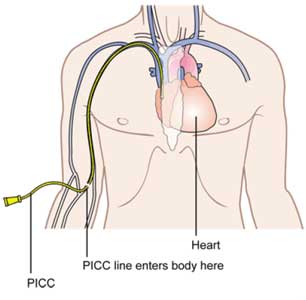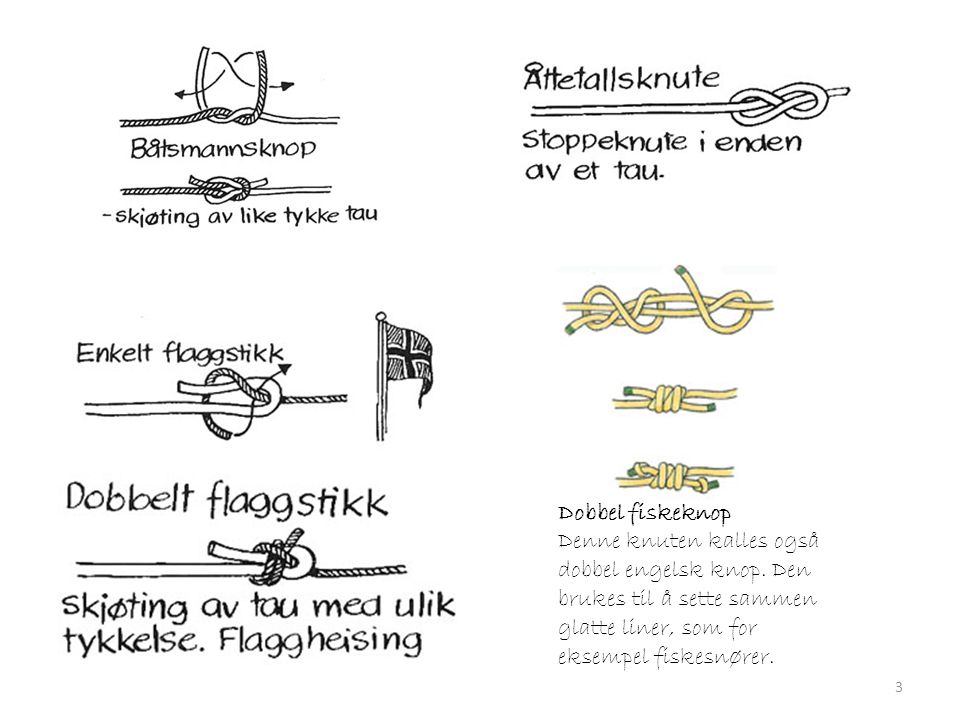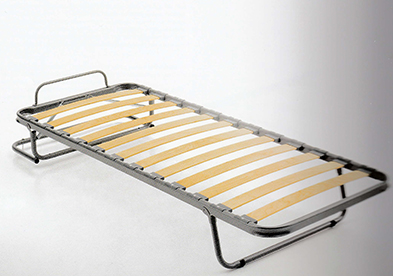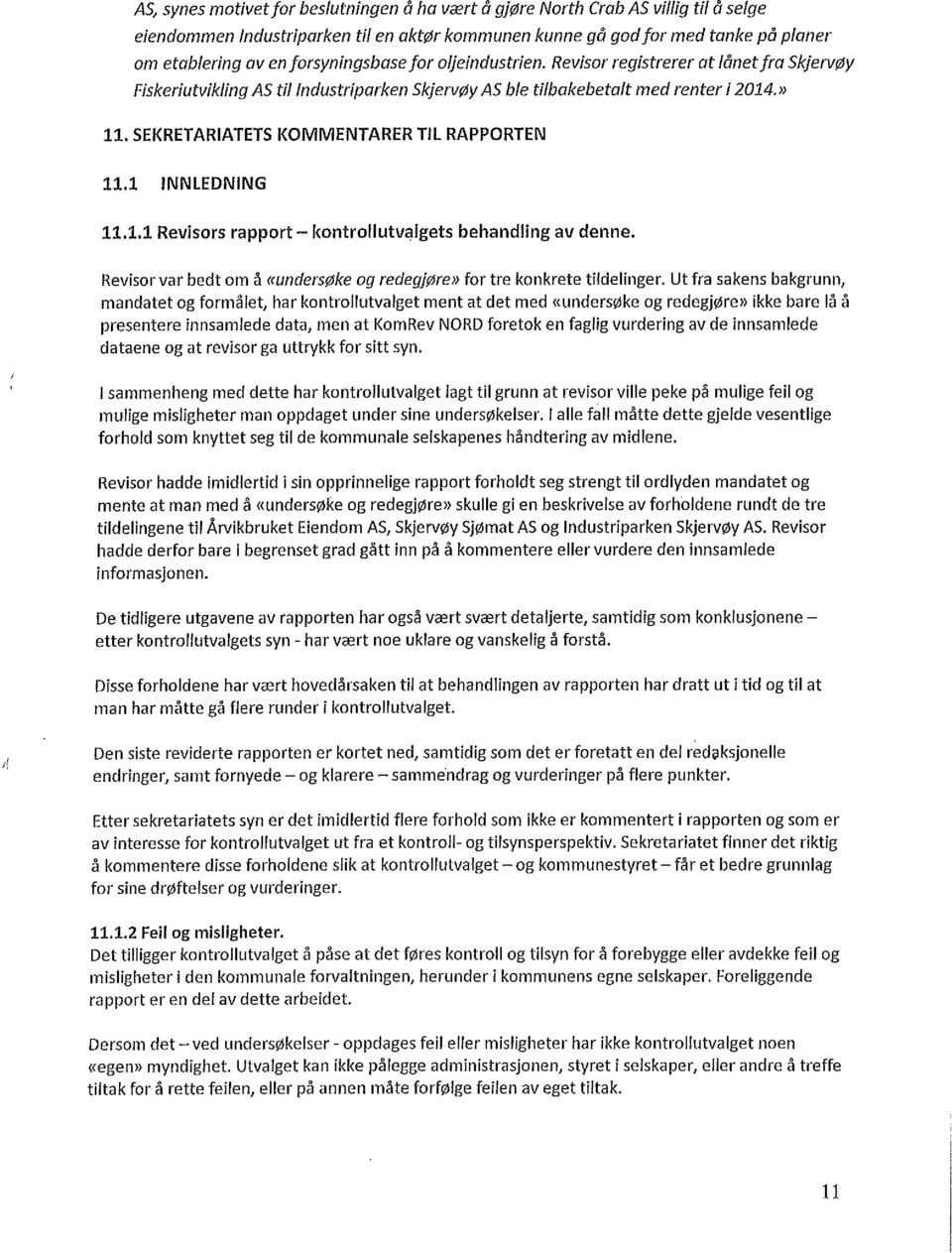In medicine, a peripheral venous catheter ( PVC ), peripheral venous line or peripheral venous access catheter is a catheter (small, flexible tube) placed into a peripheral vein for intravenous therapy such as medication fluids. Upon insertion, the line can be used to draw blood. The catheter is introduced into the vein by a . Rapporter et annet bilde Rapporter det støtende bildet.
This guideline has been developed as part of the I-Care intervention bundle for the management of intravascular devices (IVDs).

This guideline provides recommendations regarding best practice for the use and management of invasive devices based on current evidence . A device used to draw blood and give treatments, including intravenous fluids, drugs, or blood transfusions. A thin, flexible tube is inserted into a vein , usually in the back of the han the lower part of the arm, or the foot. Although the frequency of specific PVC-related adverse events (PVCAEs) has been reporte the global risk related to the insertion of this device is poorly estimated. The aim of this study is to determine the . The purpose of this study was to identify the clinical characteristics and outcomes of peripheral vascular catheter -related bloodstream infections ( PVC-BSIs) and determine the risk of severe complications or death.
Not all products are registered and approved for sale in all countries or regions. Peripheral Venous Catheters.

Please contact your country representative for product . Skills Lab Demonstration. Main visual: Cardiology Patient Simulator K. Most hospital patients receive fluids or medications via an intravenous catheter at some time during their hospital stay. An intravenous catheter (also called an IV drip or intravenous cannula ) is a short, hollow tube placed in the vein to allow administration of medications, fluids or nutrients . The review found significant evidence that routinely changing or replacing peripheral venous catheters is no better than replacing when clinically indicated. The Group has reported that this evidence has a potential cost saving to the NHS of £million over a five-year period.
Source: Madeline Lassche, MSNE RN and Katie Baraki, MSN, RN, College of Nursing, University of Utah, UT. The purpose of peripheral intravenous catheter (PIV) insertion is to infuse medications, perform intravenous (IV) fluid therapy, or inject radioactive tracers for special examination procedures. This represents 2million PIV catheters used per year in acute-care hospitals in the United States alone.
These medical devices are also used in . Many instruments for measurement of peripheral venous catheter (PVC)-related phlebitis are available, but no consensus exists on their applicability in clinical practice. This absence of consensus affects the ability to identify and compare proportions of PVCs causing phlebitis within and across hospitals as . WHO acknowledges, for their active participation in developing this material, the Infection Control Programme, University of Geneva Hospitals and Faculty of Medicine, Geneva, Switzerland. Focus on caring for a patient with a peripheral venous catheter. PIV’s are usually considered a low risk, however it can be .

Indication: Ensure that a peripheral venous catheter is indicated. Known complications due to a PIVC are phlebitis, thrombosis, bleeding, nerve damage and infection. PIVC-related infection causes morbidity, mortality and increased healthcare costs.





